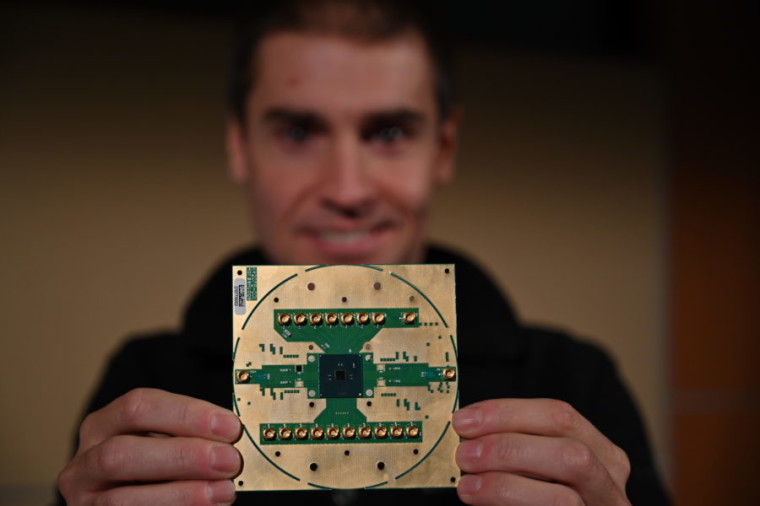Back in 2019, Intel debuted its first-generation control chip for scalable quantum computers. Dubbed Horse Ridge, the control chip is a step towards scaling up quantum computers for practical use cases by reducing the complexity of the circuitry required to manage cryogenic qubits and their controlling hardware.

So far, Intel had posited the potential of Horse Ridge based on theoretical metrics. However, that changes now. In a paper published a couple of days back in Nature Machine Intelligence, Intel in collaboration with QuTech, reported key findings from a practical experiment utilizing Horse Ridge.
In an industry first, Intel and QuTech successfully carried out frequency multiplexing by using the same cable to control two qubits. This is important because many approaches today use separate cables to connect to individual qubits in a quantum computer, a technique that is very hard to scale for hundreds and thousands of qubits (which is the proposed minimum qubit-count for making commercially viable and beneficial quantum computers).
To put their setup through the works, the researchers then programmed the famous Deutsch-Jozsa algorithm on these two qubits and obtained data on benchmarking protocols, effectively demonstrating the ability of the chip to be programmed with arbitrary quantum algorithms, and eventually paving the way for scalability in the future.
Using randomized benchmarking, a technique that measures the error rate of a set of quantum gates, the researchers reported that Horse Ridge achieved a remarkably high fidelity (99.7%), comparable to contemporary commercial room-temperature electronics in the control of a two-qubit processor. The minute difference in fidelity was also due to the qubits themselves and not because of Horse Ridge.
Intel and QuTech believe this research work to be an important milestone in creating scalable, silicon-qubit quantum computers where the qubits and control hardware both sit flush on the same silicon chip. It will be interesting to see what part Horse Ridge plays in that. Apropos the research work, Stefano Pellerano, Principal Engineer at Intel Labs said:
“Our research results, driven in partnership with QuTech, quantitatively prove that our cryogenic controller, Horse Ridge, can achieve the same high-fidelity results as room-temperature electronics while controlling multiple silicon qubits. We also successfully demonstrated frequency multiplexing on two qubits using a single cable, which clears the way for simplifying the ‘wiring challenge’ in quantum computing. Together, these innovations pave the way for fully integrating quantum control chips with the quantum processor in the future, lifting a major roadblock in quantum scaling.”

The second generation of Horse Ridge already debuted with two new features last year - qubit readout and multigate pulsing - that can be key for optimizing computations and entanglement in quantum computers in the future. If you are interested in reading the specifics of the experiments of the research, you may access the paper on Nature or its preprint version on arXiv.








_small.jpg)










0 Comments - Add comment